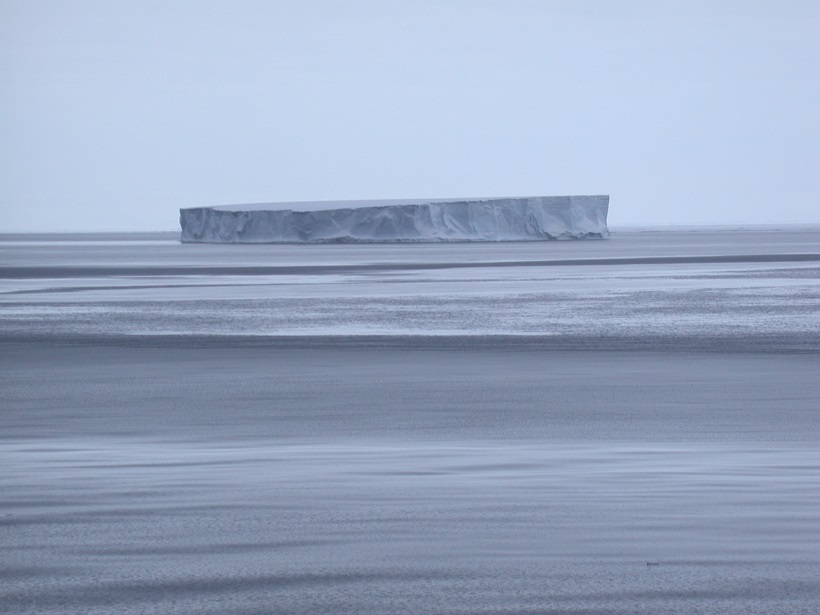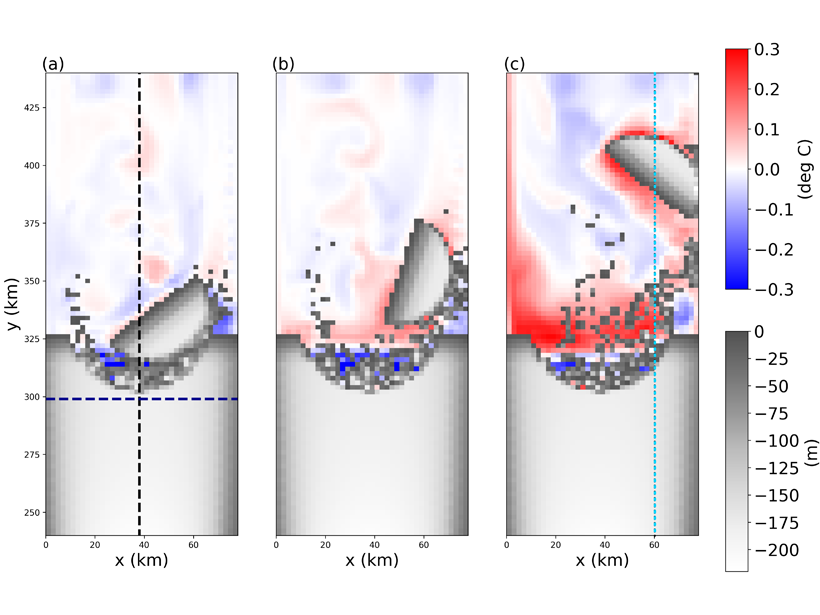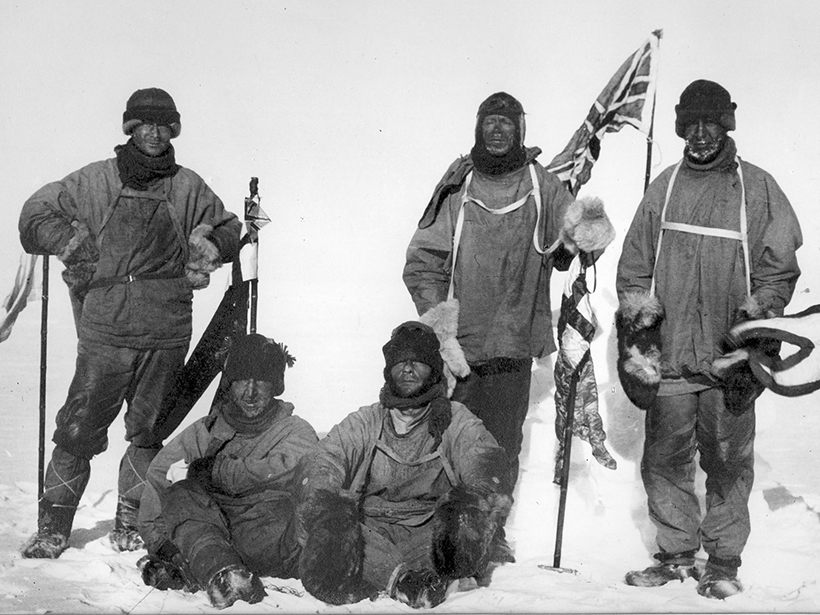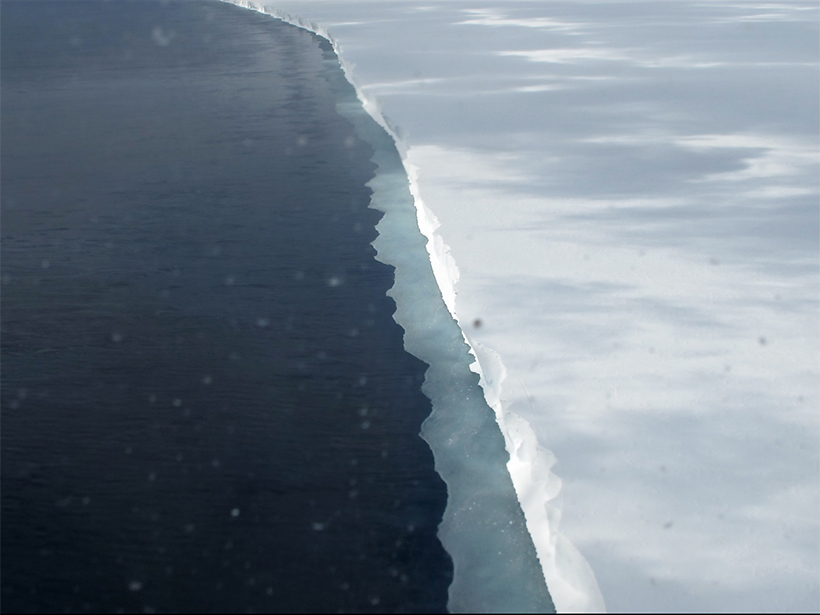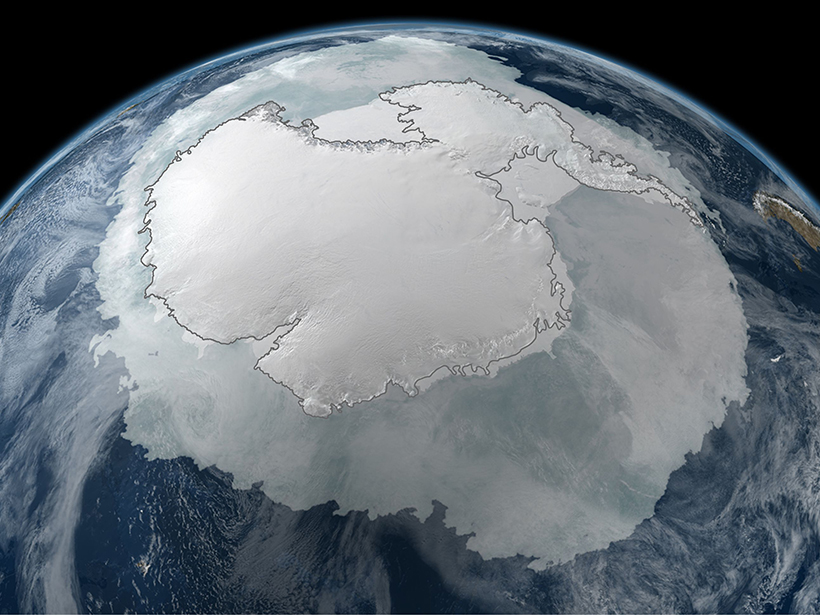It’s notoriously difficult to access, but new technologies, international collaboration, regional models, and interdisciplinary approaches are improving understanding of the Weddell Gyre.
Antarctica
An Integrated History of the Australian-Antarctic Basin
The first basin-wide compilation of seismic and geologic data shows that both margins experienced similar sedimentation patterns prior to the onset of Antarctic glaciation.
Creating Icebergs in Ocean Models Coupled to Ice Shelves
Modeling icebergs as Lagrangian elements held together by numerical bonds provides insights into coupled exchanges of heat, freshwater, and momentum between large icebergs and the ocean.
Missing Lakes Under Antarctic Ice Sheets
New radio sounding study finds little evidence of lakes under Antarctica’s Recovery Glacier.
Podcast: A Tale of Two Journeys
In the latest episode of its Centennial series, AGU’s Third Pod from the Sun tells the story of two parties journeying to the South Pole in 1911 and the extraordinary impact that weather had on their travels.
Warm Water Is Rapidly Eroding Antarctica’s Ross Ice Shelf
The underside of the world’s largest ice shelf is melting—by meters per year in some places—because of the seasonal inflow of water heated by the Sun, observations of the White Continent reveal.
Antarctica’s Seasonal Streams Contribute Iron to the Ross Sea
Analysis of nutrient concentrations in four streams that discharge to the Southern Ocean indicates they are important sources of iron and phosphorous for coastal phytoplankton communities.
Atmospheric Gravity Wave Science in the Polar Regions
A joint special issue explores the potential of collaboration to help understand atmospheric gravity waves in the Polar Regions and their effect on global circulation.
Very Warm Water Observed Along West Antarctic Ice Shelf
Two years of mooring observations at the edge of the continental shelf show that wind stress and upwelling control the inflow of some of the warmest water observed at an ice shelf front in Antarctica.
Understanding Past Changes in Southern Ocean Sea Ice
C-SIDE Workshop; Vancouver, British Columbia, Canada, 24–26 October 2018

